Indonesia sits atop the Pacific Ring of Fire, where tectonic plates collide and create more active volcanoes than any other country on Earth. This archipelago of over 17,000 islands hosts 130 active volcanoes that have shaped both the landscape and culture for millennia. From Java’s densely populated slopes to remote eastern islands where volcanoes rise straight from pristine seas, these fiery mountains continue creating new land while occasionally reminding humans who rule this tropical paradise.
Here is a list of 17 Indonesian islands where active volcanoes dominate both the skyline and daily life.
Java
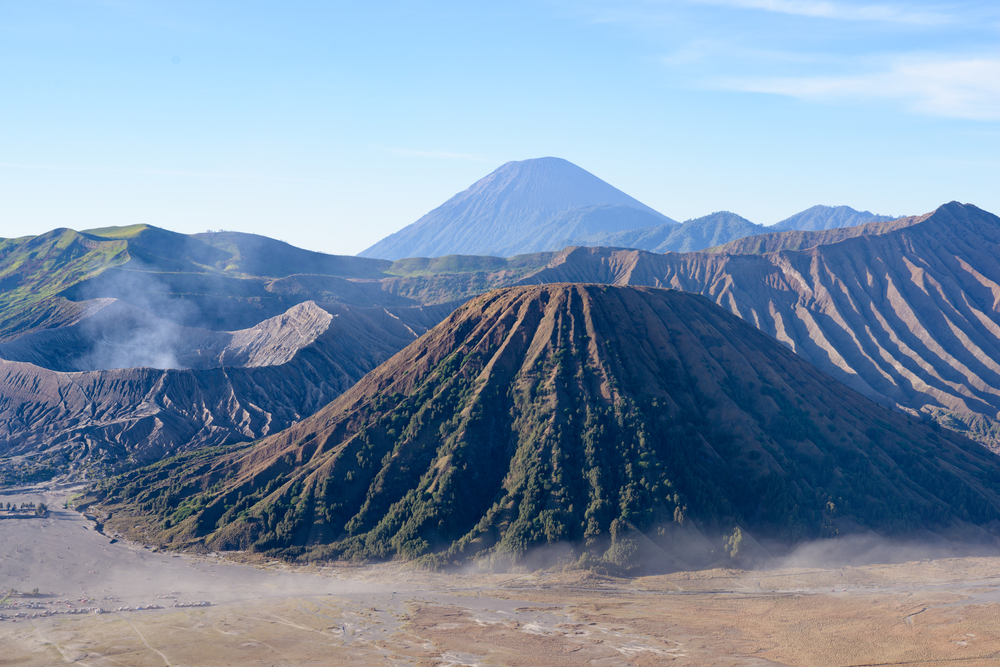
Mount Merapi earns its nickname ‘Mountain of Fire’ through its regular eruptions, which have shaped Javanese culture for over 1,000 years. This temperamental giant overlooks Yogyakarta, where the sultans built their palace in direct view of the volcano that both threatens and blesses their kingdom.
The island also hosts Krakatoa, whose 1883 explosion was heard 3,000 miles away and created sunsets visible worldwide for months.
Sumatra

Mount Sinabung has awakened from 400 years of slumber to become one of Indonesia’s most active volcanoes, regularly blanketing nearby villages in ash that turns day into night. The island’s volcanic chain includes the massive Toba caldera, site of a supervolcanic eruption 74,000 years ago that nearly wiped out early human populations.
Modern Sumatrans live with constant reminders that their fertile soils are the result of forces powerful enough to reshape continents.
Like Travel Pug’s content? Follow us on MSN.
Bali
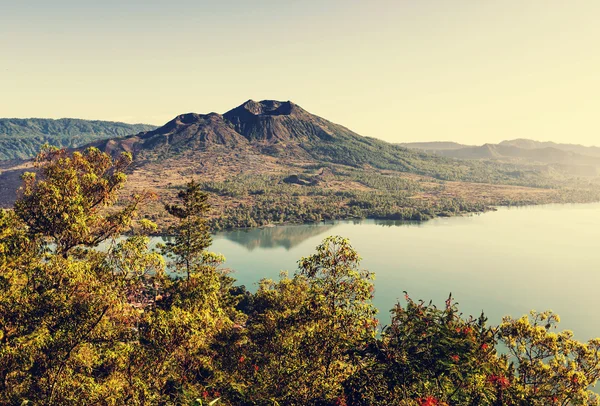
Mount Agung dominates this island paradise like a sleeping giant that occasionally stirs to remind everyone of its power. The sacred volcano last erupted seriously in 1963, killing over 1,000 people and reshaping Balinese spiritual practices around volcanic cycles.
Mount Batur offers a gentler volcanic experience, with sunrise hikes leading to crater lakes where steam vents create natural saunas.
Lombok
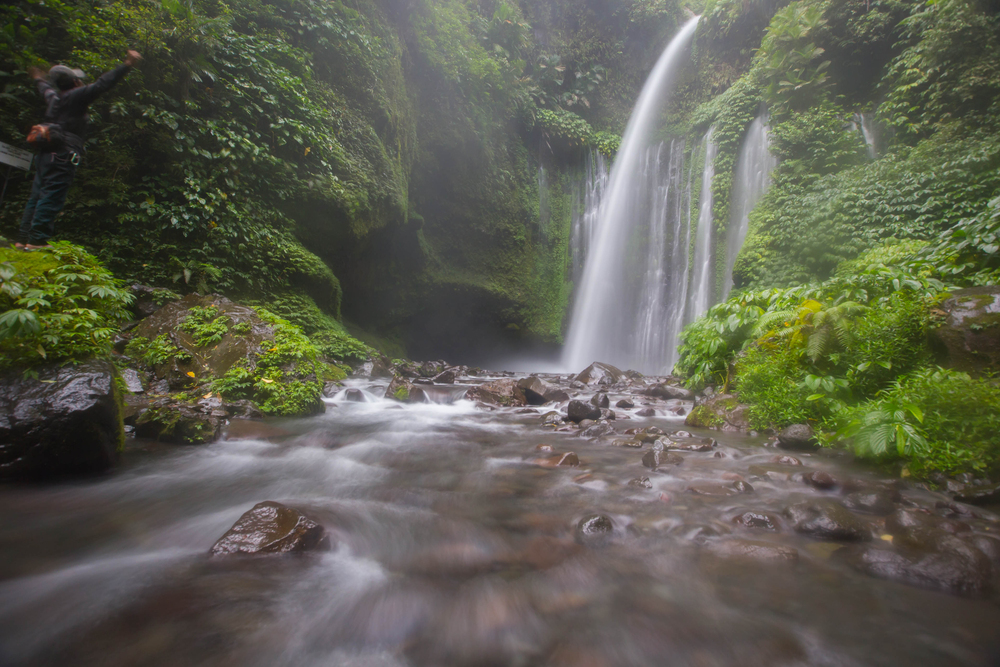
Mount Rinjani rises over 12,000 feet above sea level, making it Indonesia’s second-highest volcano and a pilgrimage destination for both Hindu and Islamic communities. The massive crater lake changes color in response to its mineral content and volcanic activity, creating a natural barometer that locals read like weather reports.
Climbing Rinjani requires multiple days and serious preparation, but rewards hikers with views across multiple islands and into the very heart of an active volcanic system.
Sumbawa

Mount Tambora created the ‘Year Without a Summer’ in 1815 when its catastrophic eruption lowered global temperatures and caused crop failures as far away as New England. This monster volcano ejected so much material that it buried entire kingdoms under feet of ash and pumice, preserving Pompeii-like snapshots of 19th-century Indonesian life.
The explosion was 10 times more powerful than Krakatoa, yet Tambora remains relatively unknown outside volcanic research circles.
Like Travel Pug’s content? Follow us on MSN.
Flores
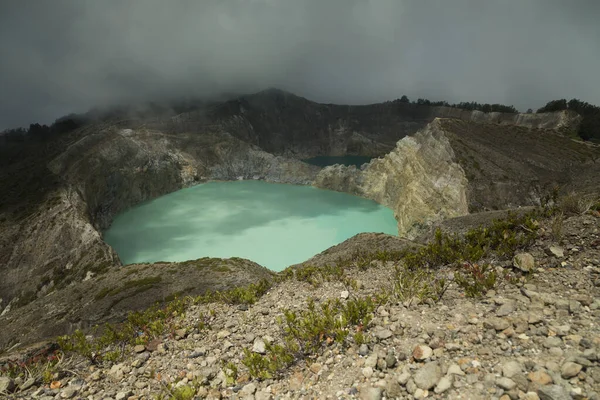
Mount Kelimutu hosts three crater lakes that change colors independently, creating a natural phenomenon that defies easy explanation even among volcanic scientists. Local Ende people believe the lakes represent different stages of the afterlife, with spirits moving between the colored waters based on their earthly deeds.
The lakes shift from turquoise to green to black seemingly at random, though scientists suspect changes in mineral content and gas emissions drive the color transformations.
Halmahera
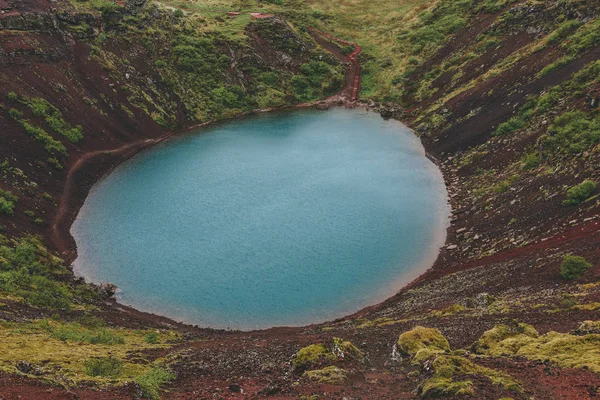
Mount Gamalama has shaped life on this spice island for centuries, with eruptions providing the volcanic soil that makes nutmeg and cloves grow with exceptional flavor. The volcano overlooks Ternate’s historic fort, where European powers once fought wars over control of spice trade routes worth more than gold.
Local spice farmers still time their planting seasons around volcanic activity, maintaining agricultural traditions that blend Islamic culture with respect for the spirits of volcanoes.
Ternate

This small volcanic island punches above its weight in historical significance, serving as the center of spice empires that attracted explorers from across the known world. Mount Gamalama’s fertile slopes produce cloves so valuable that 16th-century Europeans considered them worth their weight in silver.
The volcano’s regular ash deposits continue to enrich the soils that support spice gardens, which have remained virtually unchanged since Portuguese traders first arrived, seeking these aromatic treasures.
Like Travel Pug’s content? Follow us on MSN.
Banda Islands
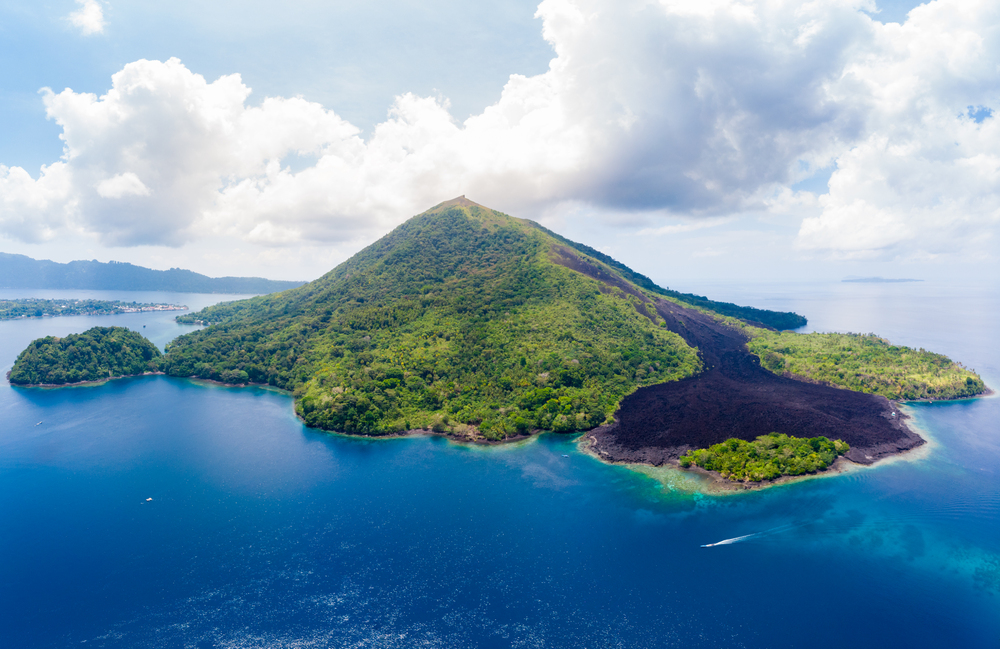
Banda Api rises directly from deep ocean waters, creating one of the world’s most dramatic volcanic settings where tropical reefs meet active lava flows. This tiny island group once controlled the global nutmeg trade, making it among the most valuable real estate on Earth until the Dutch East India Company monopolized spice production.
The volcano continues to shape these remote islands, where traditional sailing boats still navigate between coral reefs and volcanic steam vents.
Sangihe
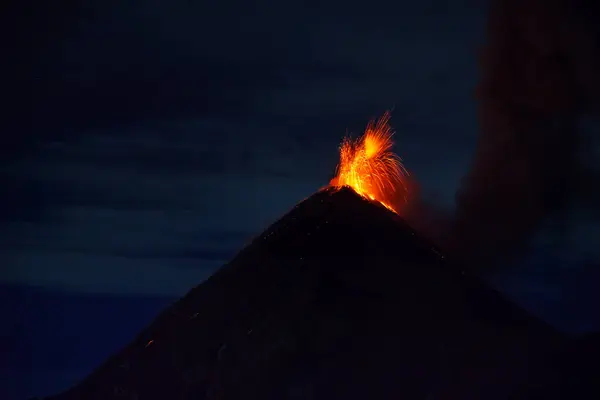
Mount Awu has erupted repeatedly throughout recorded history, yet islanders continue living on its slopes because volcanic soil produces crops that feed families and generate income impossible elsewhere in this remote region. The volcano’s location between the Philippines and Indonesia creates unique cultural blends where Catholic and Islamic traditions merge with indigenous volcano worship.
Traditional wooden houses built on stilts allow families to evacuate quickly when Awu shows signs of increased activity.
North Sulawesi
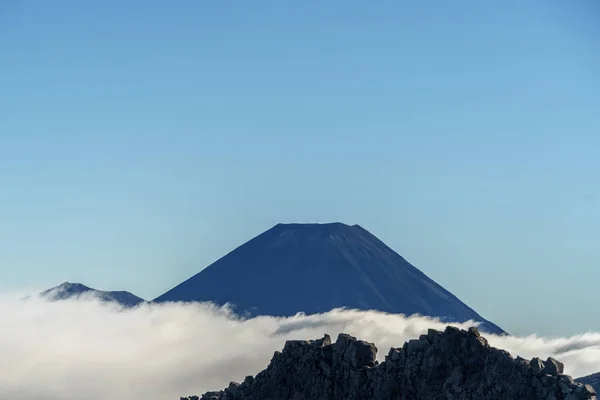
Mount Lokon overlooks Tomohon, a mountain city where residents have learned to read volcanic moods the way farmers elsewhere watch weather patterns. The Twin Peaks create microclimates that support everything from tropical fruits at sea level to temperate vegetables on volcanic slopes.
Local markets sell sulfur crystals alongside fresh produce, turning volcanic byproducts into tourist souvenirs that help fund volcano monitoring programs.
Like Travel Pug’s content? Follow us on MSN.
Krakatoa
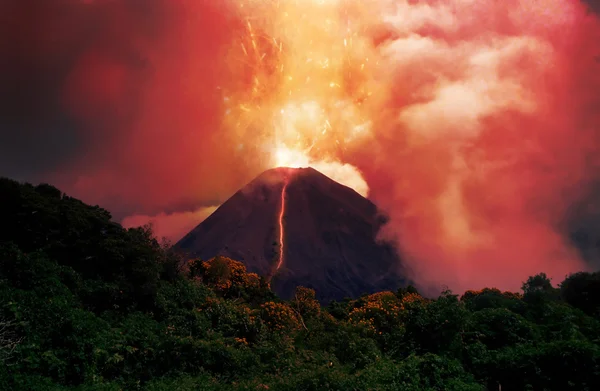
This legendary island volcano continues to rebuild itself after the 1883 explosion that destroyed the original mountain and created new islands through underwater eruptions. Anak Krakatoa, or ‘Child of Krakatoa,’ grows taller each year as fresh lava adds to its height in real-time geological processes visible to visiting scientists.
The surrounding waters teem with marine life that has adapted to occasional ash falls and underwater volcanic activity.
Weh Island

Mount Seulawah represents the northernmost active volcano in Indonesia, where Acehnese culture blends Islamic traditions with respect for volcanic forces that regularly reshape this tsunami-affected region. The volcano’s hot springs offer natural therapy for locals, creating unique ecosystems where tropical plants flourish in mineral-rich soils.
Traditional Acehnese houses feature steep roofs designed to shed volcanic ash as well as monsoon rains.
Nias
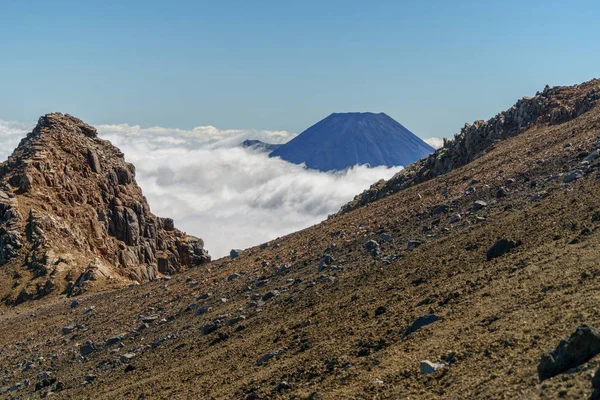
This surfing paradise hosts several active volcanic systems that create the powerful swells and dramatic coastlines that attract wave riders from around the world. Volcanic activity continually reshapes the island’s famous surf breaks, sometimes creating new waves while destroying others in the constant geological shuffle.
Local communities practice stone jumping ceremonies that may have originated as a form of training for escaping volcanic eruptions, although they now serve primarily as cultural tourism attractions.
Like Travel Pug’s content? Follow us on MSN.
Mentawai Islands
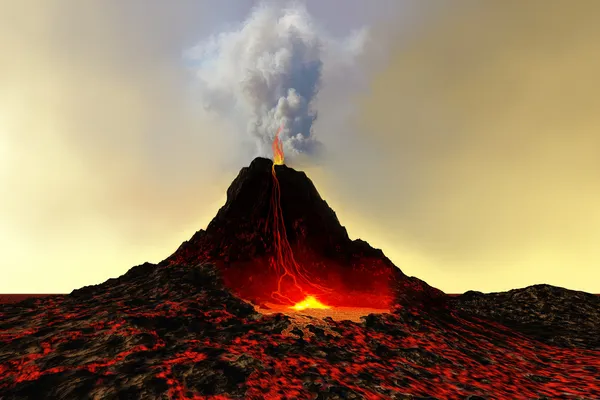
These remote surfing destinations boast volcanic origins that continue to influence ocean currents and wave patterns sought by professional surfers and adventure travelers. The islands’ indigenous communities maintain shamanistic traditions that include elaborate rituals for appeasing volcanic spirits believed to control both earthquakes and wave conditions.
Traditional mentawai tattoos often incorporate volcanic and wave motifs that reflect the intimate connection between geological forces and daily survival.
Wetar
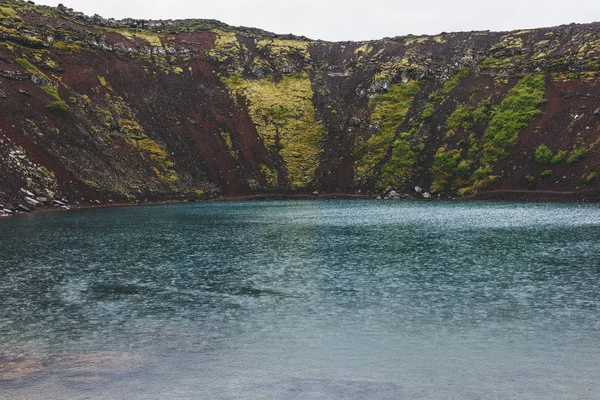
This eastern Indonesian island is home to volcanic activity that remains largely unstudied due to its remote location and challenging access, which requires multi-day boat journeys from major ports. Local communities practice traditional volcano monitoring using bird behavior and plant growth patterns that have proven remarkably accurate for predicting eruptions.
The island’s isolation has preserved both indigenous cultures and unique ecosystems that exist nowhere else in the Indonesian archipelago.
Alor
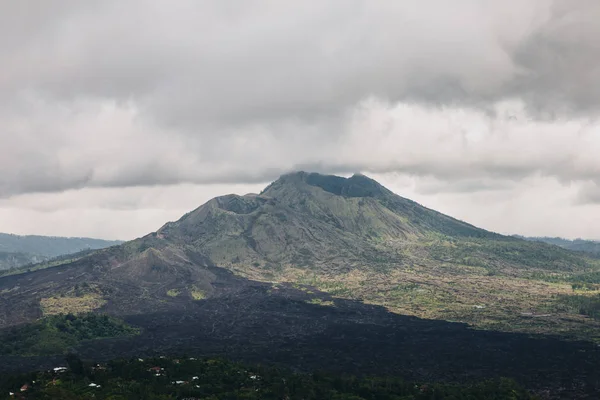
Mount Sirung dominates this remote island, where traditional weaving communities create textiles using dyes extracted from volcanic minerals and local plants. The volcano’s regular ash deposits provide natural fertilizers that support traditional agriculture while occasionally disrupting modern transportation to this already difficult-to-reach destination.
Local weaving cooperatives have learned to incorporate volcanic ash into their fabric dyes, creating colors that cannot be replicated artificially, thus directly linking cultural traditions to geological processes.
Like Travel Pug’s content? Follow us on MSN.
Living with Fire and Fury

These volcanic islands represent humanity’s longest experiment in coexisting with forces powerful enough to alter global climate and reshape entire landscapes overnight. While modern technology provides early warning systems and evacuation plans, Indonesian communities continue to rely on traditional knowledge passed down through generations who have learned to read volcanic moods through subtle changes in animal behavior, plant growth, and water temperature.
As climate change and population growth increase pressure on these volcanic islands, their traditional wisdom about balancing human needs with natural forces becomes more valuable than ever.
More from Travel Pug

- 20 Best Beach Towns in the Carolinas
- 13 Destinations Where Tourists Regularly Regret Their Trip
- 20 Destinations That Are More Magical Without an Itinerary
- 20 Underrated Adventures That Belong on Your Travel List
- 20 Cities Where You Should Just Wing It, No Planning Required
Like Travel Pug’s content? Follow us on MSN.N.
